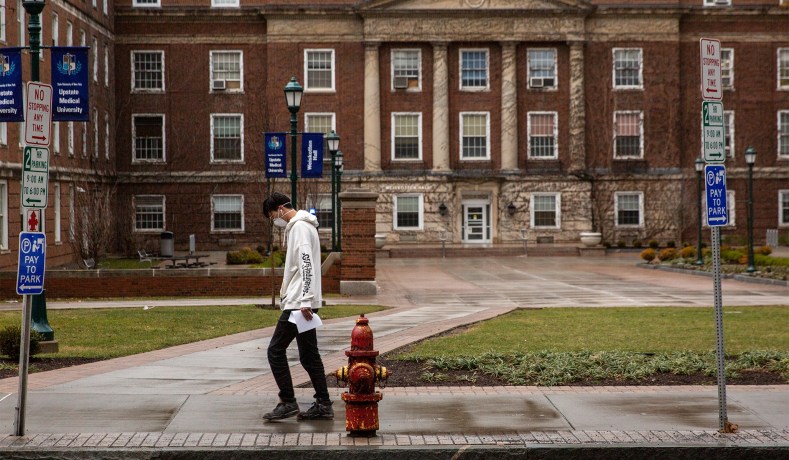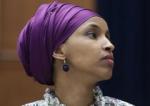
It used to be the case in America that very few employers would screen out applicants just because they didn’t have “proper” educational credentials. That has changed dramatically over the last 60 years. Now, huge numbers of jobs are blocked off to those who don’t have a college degree to their name.
In today’s Martin Center article, Andrew Gillen of Texas Public Policy Foundation explains what has happened.
Gillen argues that credential inflation is driven by two factors:
“The first driver is upskilling, which is when the nature of a job changes to require more education. For example, drafting did not traditionally require a college degree, but as computers and complex architectural software have become more prevalent, the skills needed by drafters have expanded, so it is not surprising or objectionable that these jobs increasingly require college degrees.
“But the other driver of credential inflation is a mismatch in the supply of and the demand for educated workers. The New York Federal Reserve Bank estimates that 34 percent of all college graduates are underemployed, meaning they are overqualified (in terms of educational credentials) for their current job. With so many graduates floating around, employers use a degree as a screening device even if the job in question doesn’t require knowledge that one might learn in college.”
Due to credential inflation, Americans are impelled to get costly education degrees even though the work they’ll do calls for nothing more than basic trainability. So they have to waste time and money on formal education they seldom have an interest in and the nation wastes resources on a hugely overgrown high education sector.
Gillen thinks that employers, especially governmental employers, should revise their hiring criteria.
It would also be very helpful if the feds removed the legal minefield, created by the Supreme Court’s decision in Griggs v. Duke Power in 1971, around testing of job applicants for their skills.
He also argues that the credential inflation problem would be reduced in a tight labor market so that employers can’t be so fussy about credentials. Gillen writes, “While it may not feel like it, as we emerge from our pandemic-induced job coma, less than a year ago, the job market was the tightest in my lifetime. Everyone has an easier time finding a job under these conditions—even those with a criminal record. And the difficulty employers have in filling positions also provides an incentive to reverse credential inflation for jobs where it is not really necessary. For example, a 2019 survey of employers of temporary workers found that 50 percent were reducing education requirements.”





